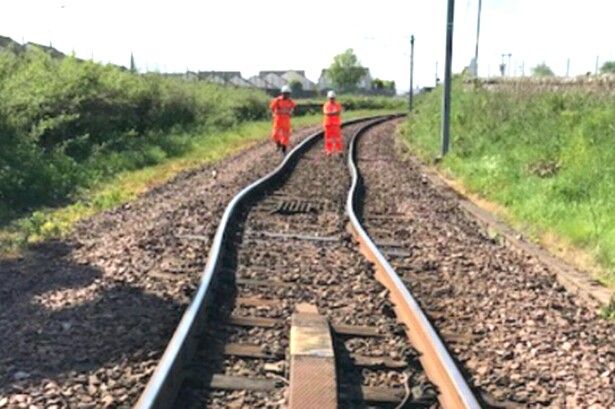Posted by Mick Henshall on 26/06/2018 18:25:25:
Heavy rain, gales, landslips,trees on line,leaves on line, snow now too hot, looks like they have all the bases covered
Mick
Yes, that's what prompted my jest (as I thought) to my daughter – the old moan about how seasonal variations which would be thought small in some climates seem to make UK infrastructure grind to a halt. So presumably the trains have to slow down so the driver can spot buckled rails in time, or at least avoid capsizing if they hit a warped section?
Invar would be an ideal solution no doubt, but it would be quite expensive – 36% nickel at 15,000 US$ a ton against 500 – 1000 for steel. But I have no idea what proportion of the cost of constructing a railway goes on the rails – maybe it's negligible compared to the overall cost. And how hot do the rails actually get in direct sunlight? I'm guessing maybe 50C? I feel a Googlefest coming on!
Thanks for replies, Robin.
Edited By Robin Graham on 26/06/2018 23:54:48
Edited By Robin Graham on 27/06/2018 00:05:31
Colin Whittaker.





